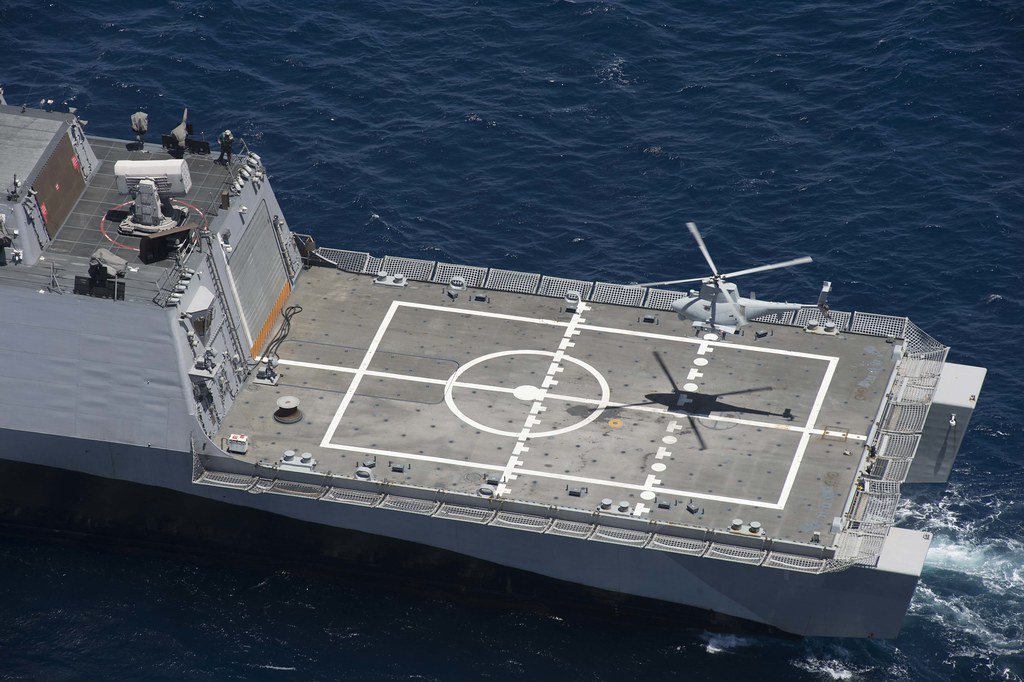Sarah Hately
In this week’s Rapid Fire we update on Boko Haram, Yemen, the Tikrit campaign, US troops in Afghanistan, chemical weapons in Syria, and the ‘Warlord Problem’ in Ukraine.
Trouble continues in Nigeria as the presidential election commences. Troops from Chad and Niger claim that without a sustained Nigerian presence they have to ‘take certain towns twice’ which has significant ‘human and material cost’. Chadian President Idriss Déby has also been fiercely critical of how uncooperative the Nigerian military has been, saying that without support the Chadian army is ‘wasting time.’
The increased tension comes days after reports surfaced that at least 400 women and children were kidnapped by Boko Haram as they made their retreat from the Nigerian town of Damasak. An article from Reuters quotes residents of the town who claim to have seen the kidnappings occur. A spokesperson from the Nigerian military however has refuted the claims, stating that ‘there was no kidnapping… the people have been rescued and moved.’
















.jpg)






.jpg)
